How to work with chronic pain on the level of intellectual mind
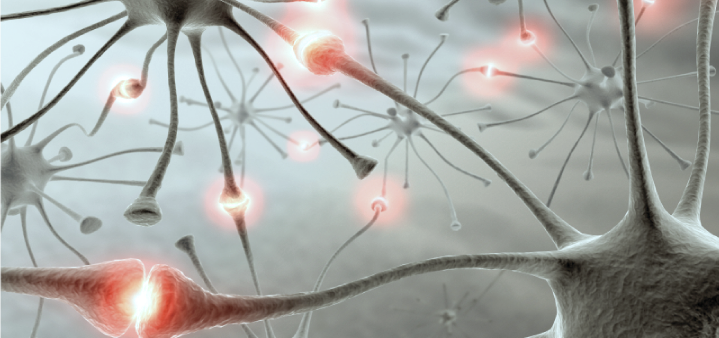
According to Walter Freeman, one of the great neuroscientists, “All the brain can know it knows from inside itself.” This means that every thought and sensation you experience is your brain’s interpretation of what’s going on based on context and past experience. This point is essential when you work with chronic pain of any kind. Even when the actual tissue damage heals, the mind doesn’t always get the memo. Whichever type of pain you are working with, you need to include the tools that address the mind.
Ultimately, we aim to deal with the body and heal the mind. Dealing with the body includes using asana to relieve tension, provide movement reeducation and increase body awareness, as well as using breathing practices to affect energy and physiology. Healing the mind involves working with the mind’s perception of your experience to diminish suffering.
Here are some basic strategies for healing the mind when it comes to working with chronic pain:
- Begin and end your yoga practice in a position that is completely comfortable and pain-free (if possible). This shows the mind that it is possible to be without pain.
- Deepen the breath and, when appropriate, emphasize exhalation to promote parasympathetic activation.
- Identify potential inner obstacles that might be manifesting as physical symptoms and develop strategies for dealing with those obstacles.
- Reframe your attitude toward pain; emphasize aspects of reality that enhance your well-being and facilitate healing (pratipaksha bhavana).
- Practice bringing your attention into the body and observing your sensations to switch from the “narrative brain circuitry” to “direct experience.” When you are in the “direct experience” mode, you perceive the world as it is, instead of interpreting and analyzing it.
- Empower yourself (or your student), demonstrate that change for the better is possible. This can be accomplished by bringing your attention to small victories.
- When working with a teacher, cultivate a trusting and supportive student-teacher relationship – “We are in this together, and we will figure this out” as opposed to “I will fix you.”
- Use chanting (in Sanskrit or native language), relevant text study and meditation to impact the mind. Some traditional options for meditation include:
- Cultivating positive attitude toward others (or loving/kindness meditations)
- Focusing on prolonged exhalation and suspension of breath
- Cultivating objective sensory perception
- Meditating on the light
- Turning to inspirational people
- Observing dreams
- Focusing on something that’s meaningful to you.
The most important thing that we need to accomplish when we work with chronic pain is to break our identification with it—“I am not my pain.” This is a fundamental change in one’s self-perception. It reframes the pain as something that does not define one’s identity and can be dealt with using specific tools. It is a very empowering realization.
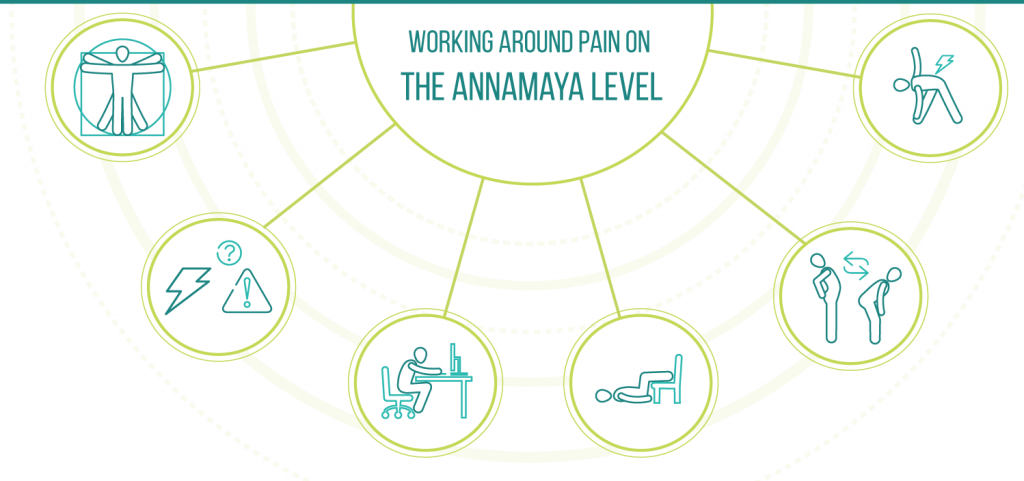
How to work with chronic pain on the level of the physical body (Annamaya)
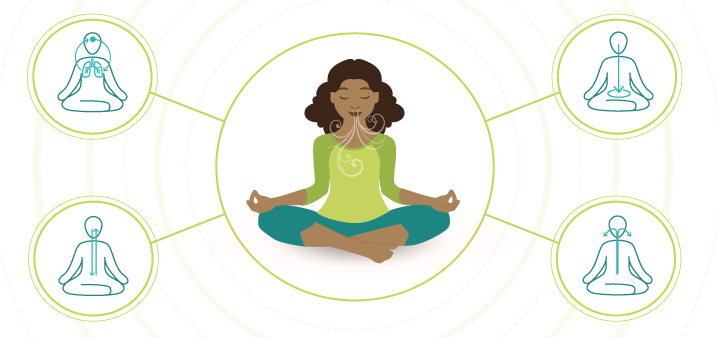
How to work with chronic pain on the level of physiology (Pranamaya): Part 1

How to work with chronic pain on the level of physiology (Pranamaya): Part 2

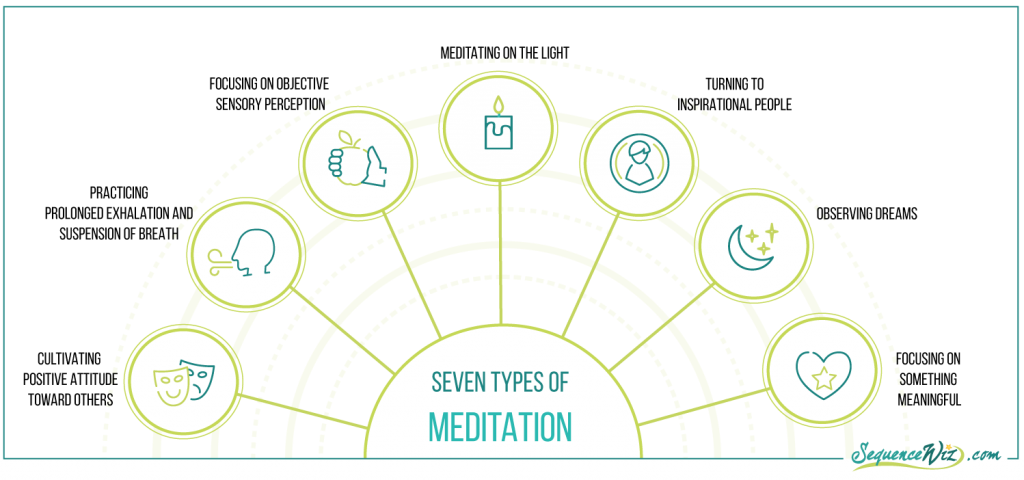
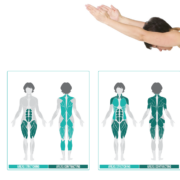
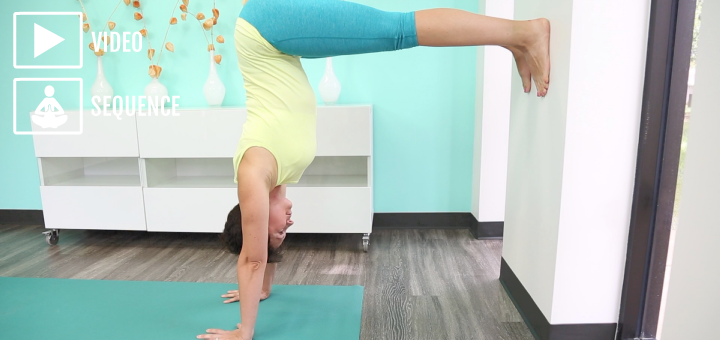
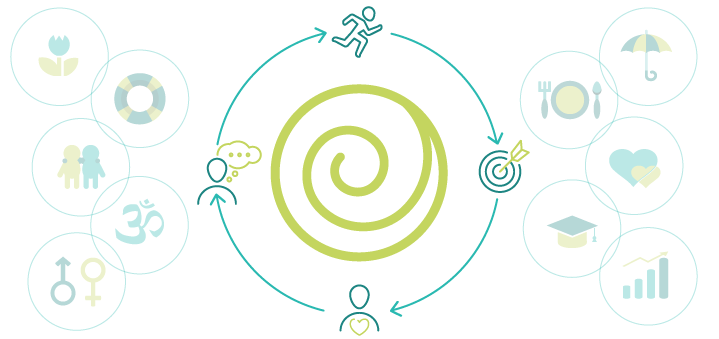




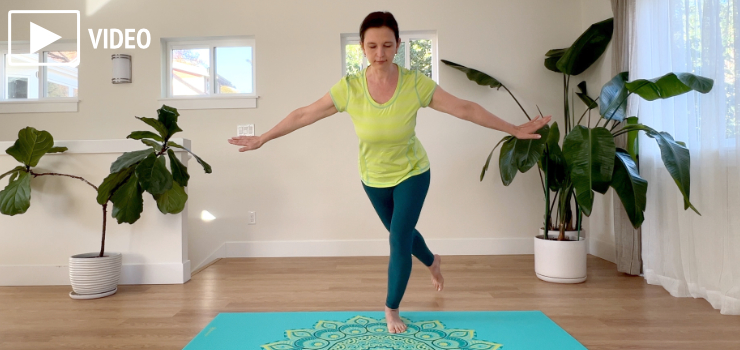
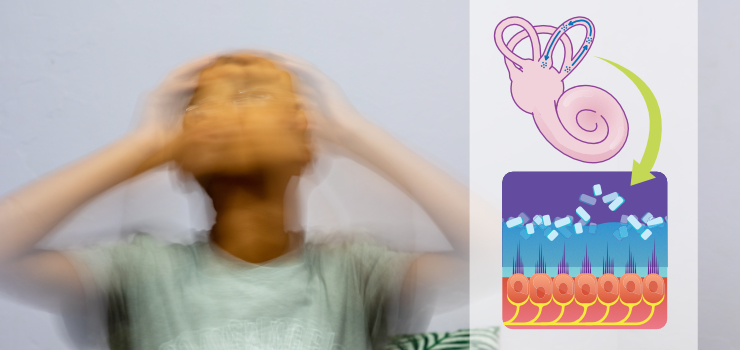
Olga, your writing is insightful and inspiring! Thank you as always!
Thank you Sally!